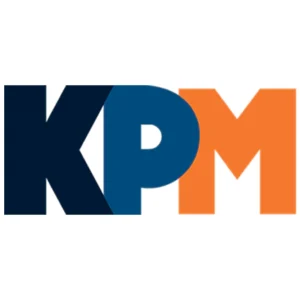The Value
As part of the project management process, a project schedule will be defined, typically using the Critical Path Method (CPM) technique, that identifies the activities (tasks) that need to be performed to fulfill the project objectives, how long each activity is expected to take, the order in which the activities must be performed, and often the resources required to perform the work.
The trouble with the CPM technique is that it does not take into account uncertainty and because of this, it tends to be inherently optimistic in the forecast it provides for project completion.
By understanding the effect of uncertainty, both in terms of estimate uncertainty (lack of knowledge) and event uncertainty (random external threats and opportunities), we can focus our estimating and management effort on activities that are likely to have the largest effect on the project outcome. This reduces management effort and cost and allows us to make commitments that are more realistic and achievable.
CPM is Optimistic
There is always uncertainty associated with activity execution. There may be less uncertainty associated with work that has been performed before and is well understood, but it is still there. Machines fail, staff has good days/bad days, and weather happens. Consider the following example where we can assume our estimates are good, uncertainty is equally likely to have a beneficial vs detrimental impact, and historically our average actual execution time is in line with estimates.
If again, each activity takes 5 days to execute, the project should complete at the end of day 5. However, what happens if activity A takes 6 days to execute? The project completion will slip to day 6 and there’s nothing we can do to Activity B to improve the situation. In fact, if B has any effect at all, it will only be to delay the project further.
Let’s tabulate the possible outcomes of activities A and B in our parallel example.
From the table, we can see that even assuming symmetrical uncertainty on the two individual activities, we only have a one in four (25%) chance of the project finishing on time or early.
Schedule Risk Analysis (SRA) using Monte Carlo Simulation
CPM uses a single estimate for activity duration. A better model would use a range of estimates that reflect the possible variation in execution for each activity. These are called Three-Point Estimates. There is often concern that obtaining a range of estimates for every activity will be arduous and time-consuming.
This doesn’t have to be the case. In fact, an initial analysis of the project using generic estimates for all activities (e.g. ±25%) can usually identify good candidates for more detailed analysis using historical data, expert opinion, or perhaps confidence (or lack thereof) in the original estimate expressed during risk workshops.
Schedule Risk Analysis will then simulate the execution of the project many times, using durations sampled from the range specified for each activity, and produce a range of dates over which the project may finish.
Schedule Risk Analysis will then simulate the execution of the project many times, using durations sampled from the range specified for each activity, and produce a range of dates over which the project may finish.
The histogram bars show the chance of the project (or activity/milestone) finishing on a specific date. The cumulative S-Curve shows the probability of finishing by a specific date. The chart shows we only have a 2% chance of achieving the 13 November 17 finish date suggested by CPM. Based on this chart we might commit to deliver on 05 March 18 because this gives us (80%) chance of success. Sensitivity analysis can identify the top contributors to uncertainty in the project/deliverable outcome. By focusing management effort on activities listed on the SRA report, management time/cost can be reduced and the chance of project success increased.
Summary
Schedule Risk Analysis can be an easy way to ensure commitments are realistic and improve your chance of success while reducing project costs. Embracing risk can improve confidence and ultimately profitability.
SRA takes the project schedule management to the next level of accuracy and confidence.





